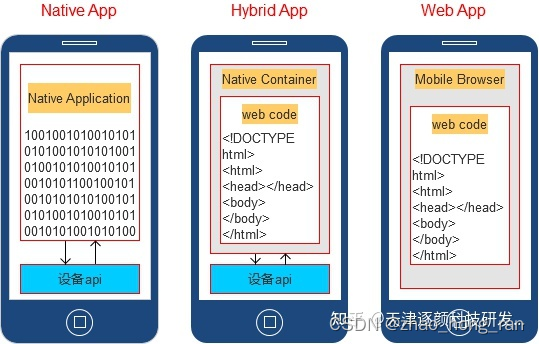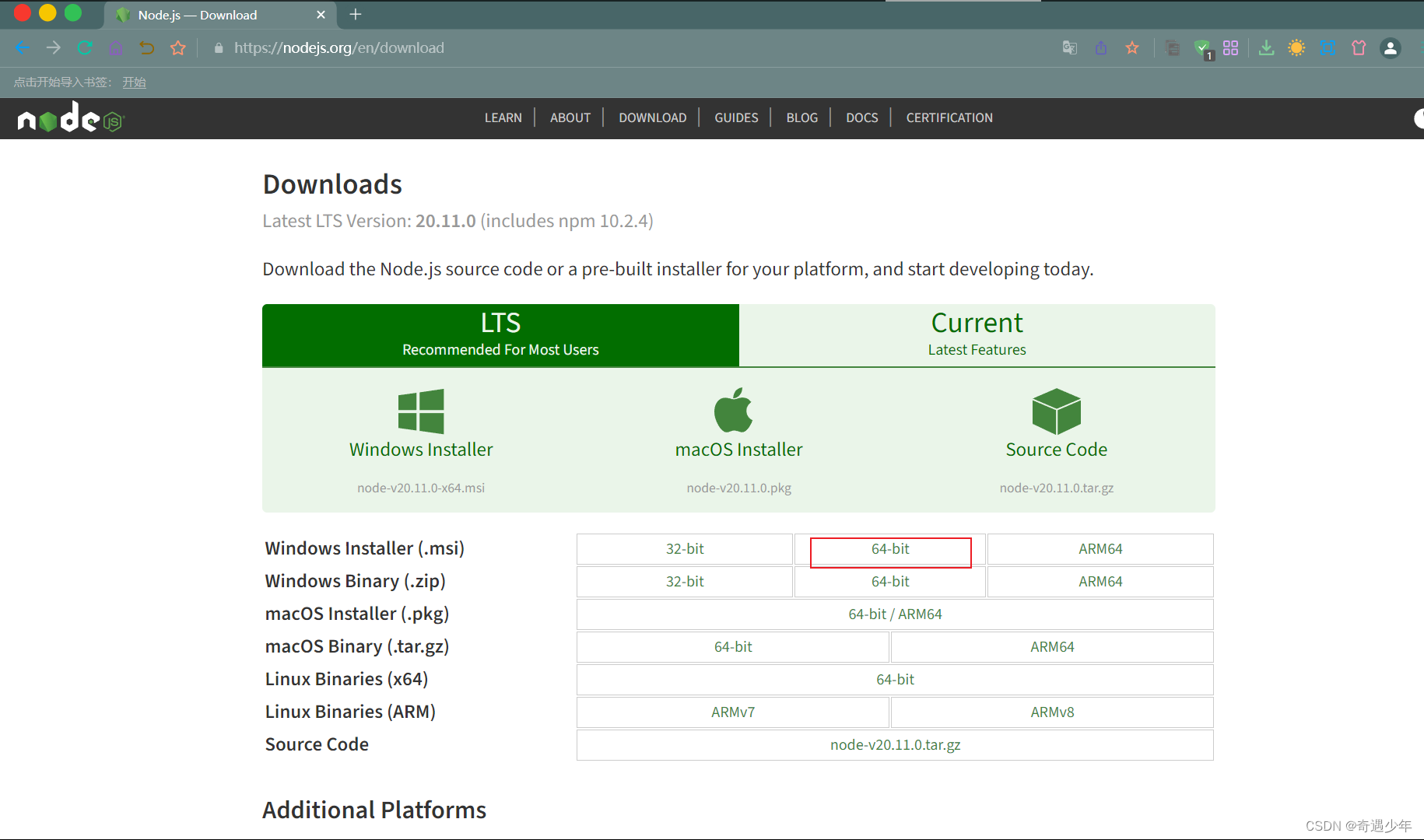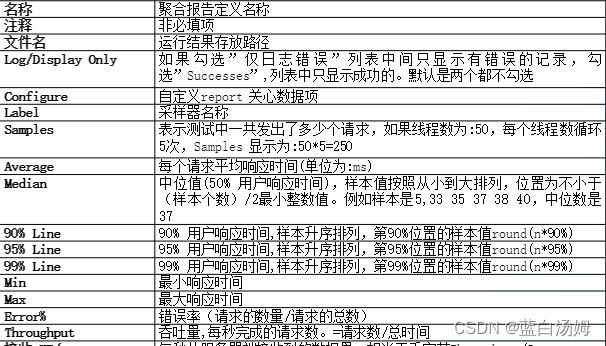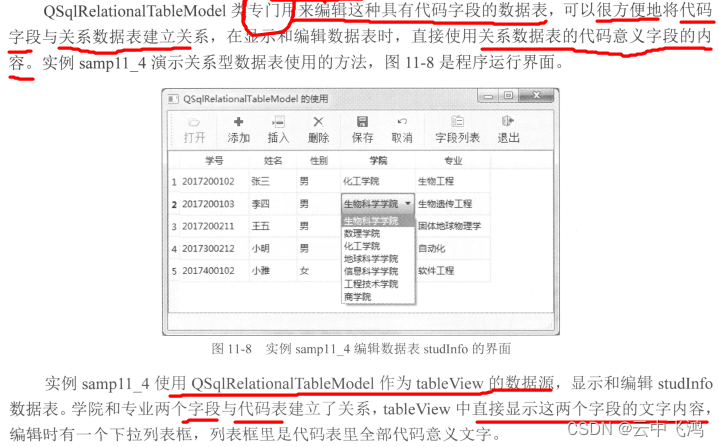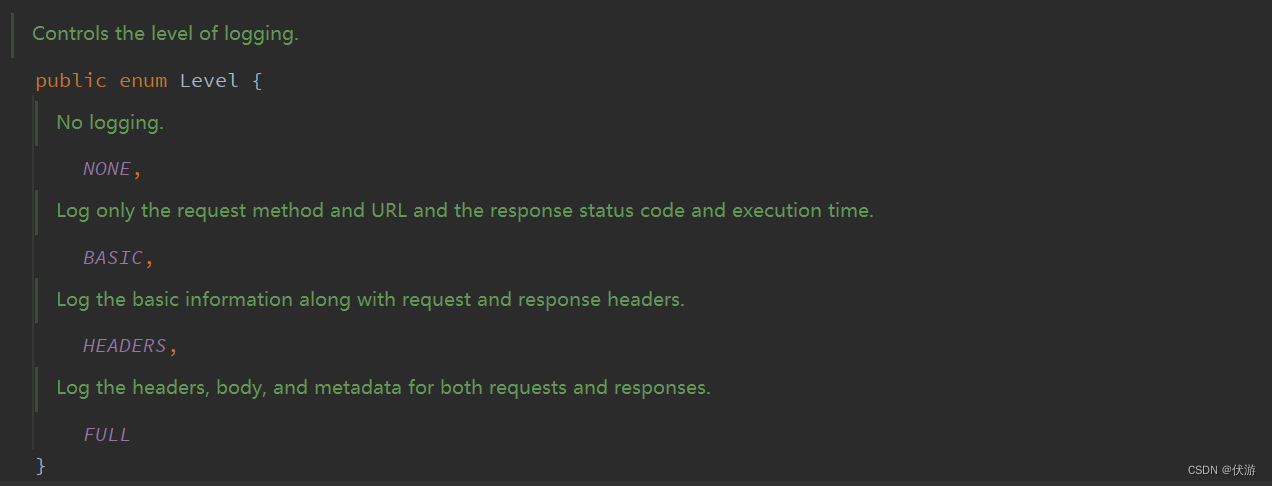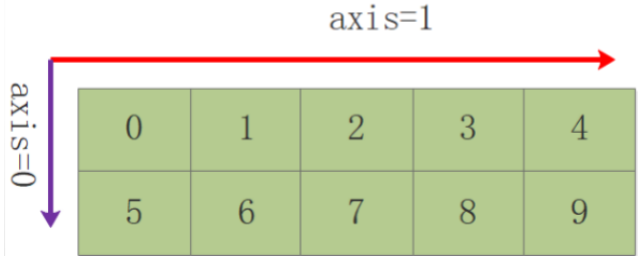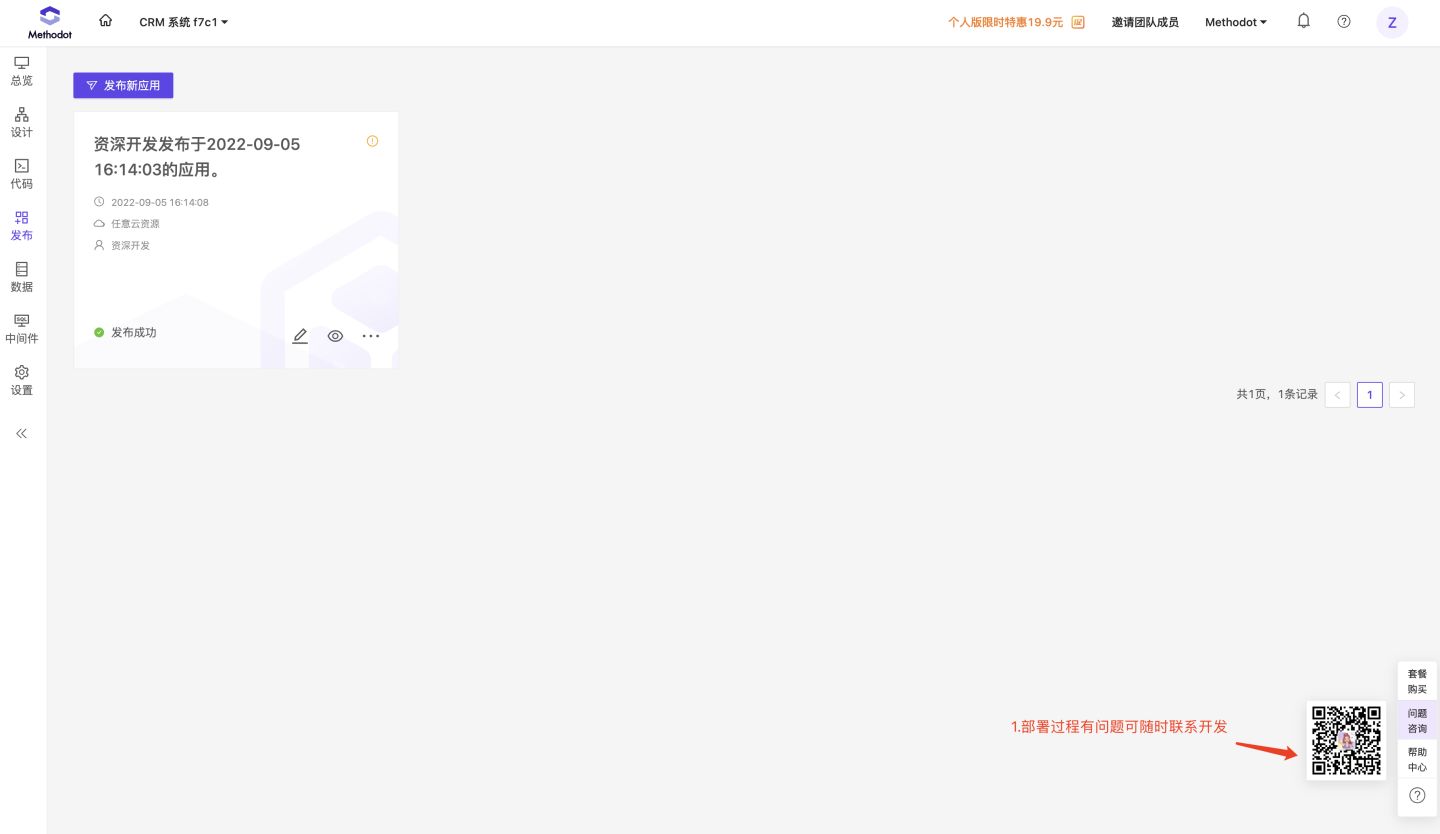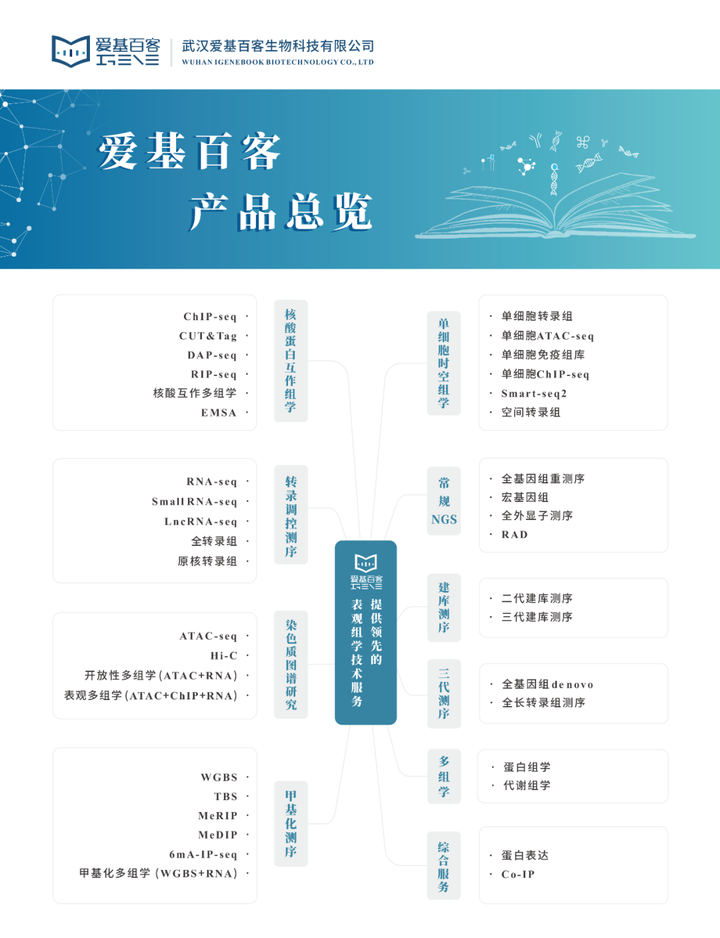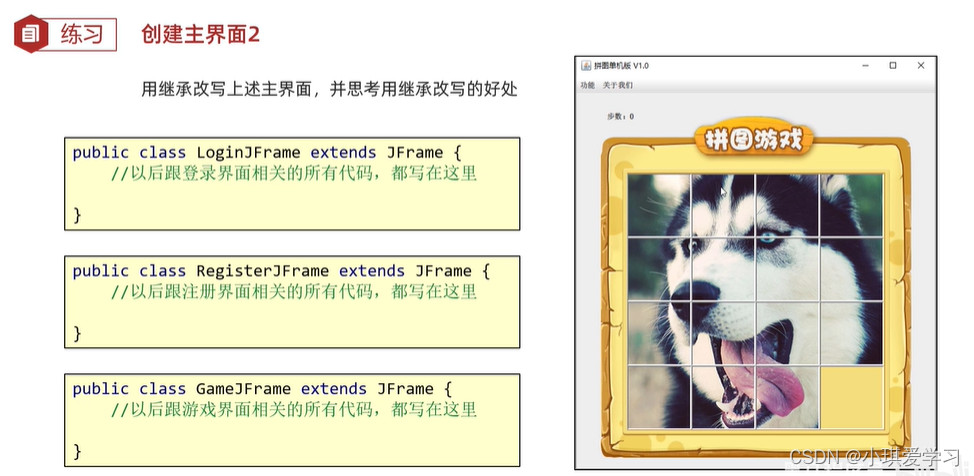目录
- 一、简介
- 二、maven依赖
- 三、数据库
- 3.1、创建数据库
- 3.2、创建表
- 四、配置(二选一)
- 4.1、properties配置
- 4.2、yml配置
- 五、复合分片算法
- 六、实现
- 6.1、实体层
- 6.2、持久层
- 6.3、服务层
- 6.4、测试类
- 6.4.2、根据时间范围查询订单
一、简介
实际工作中,按时间分片的比较多,但是也有些特殊的分片,不只是用到一个字段,可能会多个字段,这个时候就要用到复合分片算法来实现了 ComplexKeysShardingAlgorithm 。
我也是偷懒,不想设计其他的表了,就用以前的表结构来完成,我们就以用户id和金额分表。本文示例大概架构如下图:

例子没很大的实用性,你可以扩展为一个平台很多商户,同一个商户的交易按月分表,也是没问题的,但是我们学习的是思路。
二、maven依赖
pom.xml
<?xml version="1.0" encoding="UTF-8"?>
<project xmlns="http://maven.apache.org/POM/4.0.0" xmlns:xsi="http://www.w3.org/2001/XMLSchema-instance"
xsi:schemaLocation="http://maven.apache.org/POM/4.0.0 https://maven.apache.org/xsd/maven-4.0.0.xsd">
<modelVersion>4.0.0</modelVersion>
<parent>
<groupId>org.springframework.boot</groupId>
<artifactId>spring-boot-starter-parent</artifactId>
<version>2.6.0</version>
<relativePath/> <!-- lookup parent from repository -->
</parent>
<groupId>com.alian</groupId>
<artifactId>sharding-jdbc</artifactId>
<version>0.0.1-SNAPSHOT</version>
<name>sharding-jdbc</name>
<description>sharding-jdbc</description>
<properties>
<java.version>1.8</java.version>
</properties>
<dependencies>
<dependency>
<groupId>org.springframework.boot</groupId>
<artifactId>spring-boot-starter-web</artifactId>
</dependency>
<dependency>
<groupId>org.springframework.boot</groupId>
<artifactId>spring-boot-starter-data-jpa</artifactId>
</dependency>
<dependency>
<groupId>org.apache.shardingsphere</groupId>
<artifactId>sharding-jdbc-spring-boot-starter</artifactId>
<version>4.1.1</version>
</dependency>
<dependency>
<groupId>com.alibaba</groupId>
<artifactId>druid</artifactId>
<version>1.2.15</version>
</dependency>
<dependency>
<groupId>mysql</groupId>
<artifactId>mysql-connector-java</artifactId>
<version>8.0.26</version>
<scope>runtime</scope>
</dependency>
<dependency>
<groupId>org.springframework.boot</groupId>
<artifactId>spring-boot-starter-test</artifactId>
<scope>test</scope>
</dependency>
<dependency>
<groupId>org.projectlombok</groupId>
<artifactId>lombok</artifactId>
<version>1.18.20</version>
</dependency>
<dependency>
<groupId>junit</groupId>
<artifactId>junit</artifactId>
<version>4.12</version>
<scope>test</scope>
</dependency>
</dependencies>
<build>
<plugins>
<plugin>
<groupId>org.springframework.boot</groupId>
<artifactId>spring-boot-maven-plugin</artifactId>
</plugin>
</plugins>
</build>
</project>
有些小伙伴的 druid 可能用的是 druid-spring-boot-starter
<dependency>
<groupId>com.alibaba</groupId>
<artifactId>druid-spring-boot-starter</artifactId>
<version>1.2.6</version>
</dependency>
然后出现可能使用不了的各种问题,这个时候你只需要在主类上添加 @SpringBootApplication(exclude = {DruidDataSourceAutoConfigure.class}) 即可
package com.alian.shardingjdbc;
import com.alibaba.druid.spring.boot.autoconfigure.DruidDataSourceAutoConfigure;
import org.springframework.boot.SpringApplication;
import org.springframework.boot.autoconfigure.SpringBootApplication;
@SpringBootApplication(exclude = {DruidDataSourceAutoConfigure.class})
@SpringBootApplication
public class ShardingJdbcApplication {
public static void main(String[] args) {
SpringApplication.run(ShardingJdbcApplication.class, args);
}
}
三、数据库
3.1、创建数据库
CREATE DATABASE `sharding_12` DEFAULT CHARACTER SET utf8mb4 COLLATE utf8mb4_general_ci;
3.2、创建表
在数据库sharding_12创建表:tb_order_00、tb_order_01、tb_order_02,三者的结构是一样的:
CREATE TABLE `tb_order_00` (
`order_id` bigint(20) NOT NULL COMMENT '主键',
`user_id` int unsigned NOT NULL DEFAULT '0' COMMENT '用户id',
`price` int unsigned NOT NULL DEFAULT '0' COMMENT '价格(单位:分)',
`order_status` tinyint unsigned NOT NULL DEFAULT '1' COMMENT '订单状态(1:待付款,2:已付款,3:已取消)',
`order_time` datetime NOT NULL DEFAULT CURRENT_TIMESTAMP COMMENT '创建时间',
`title` varchar(100) NOT NULL DEFAULT '' COMMENT '订单标题',
PRIMARY KEY (`order_id`),
KEY `idx_user_id` (`user_id`),
KEY `idx_order_time` (`order_time`)
) ENGINE=InnoDB DEFAULT CHARSET=utf8mb4 COMMENT='订单表';
CREATE TABLE `tb_order_01` (
`order_id` bigint(20) NOT NULL COMMENT '主键',
`user_id` int unsigned NOT NULL DEFAULT '0' COMMENT '用户id',
`price` int unsigned NOT NULL DEFAULT '0' COMMENT '价格(单位:分)',
`order_status` tinyint unsigned NOT NULL DEFAULT '1' COMMENT '订单状态(1:待付款,2:已付款,3:已取消)',
`order_time` datetime NOT NULL DEFAULT CURRENT_TIMESTAMP COMMENT '创建时间',
`title` varchar(100) NOT NULL DEFAULT '' COMMENT '订单标题',
PRIMARY KEY (`order_id`),
KEY `idx_user_id` (`user_id`),
KEY `idx_order_time` (`order_time`)
) ENGINE=InnoDB DEFAULT CHARSET=utf8mb4 COMMENT='订单表';
CREATE TABLE `tb_order_02` (
`order_id` bigint(20) NOT NULL COMMENT '主键',
`user_id` int unsigned NOT NULL DEFAULT '0' COMMENT '用户id',
`price` int unsigned NOT NULL DEFAULT '0' COMMENT '价格(单位:分)',
`order_status` tinyint unsigned NOT NULL DEFAULT '1' COMMENT '订单状态(1:待付款,2:已付款,3:已取消)',
`order_time` datetime NOT NULL DEFAULT CURRENT_TIMESTAMP COMMENT '创建时间',
`title` varchar(100) NOT NULL DEFAULT '' COMMENT '订单标题',
PRIMARY KEY (`order_id`),
KEY `idx_user_id` (`user_id`),
KEY `idx_order_time` (`order_time`)
) ENGINE=InnoDB DEFAULT CHARSET=utf8mb4 COMMENT='订单表';
为了说明 ComplexKeysShardingAlgorithm 算法,我假设有个这样的需求(实际中应该不会有,这里只是演示),生成的订单规则如下:
- userId和price一个奇数一个偶数 tb_order_00
- userId和price都是奇数的订单都存到 tb_order_01
- userId和price都是偶数的订单都存到 tb_order_02
很明显,这样分表的字段就是多个了,userId和price,那我们看怎么实现的
四、配置(二选一)
4.1、properties配置
application.properties
server.port=8899
server.servlet.context-path=/sharding-jdbc
# 允许定义相同的bean对象去覆盖原有的
spring.main.allow-bean-definition-overriding=true
# 数据源名称,多数据源以逗号分隔
spring.shardingsphere.datasource.names=ds1
# sharding_1数据库连接池类名称
spring.shardingsphere.datasource.ds1.type=com.alibaba.druid.pool.DruidDataSource
# sharding_1数据库驱动类名
spring.shardingsphere.datasource.ds1.driver-class-name=com.mysql.cj.jdbc.Driver
# sharding_1数据库url连接
spring.shardingsphere.datasource.ds1.url=jdbc:mysql://192.168.0.129:3306/sharding_12?serverTimezone=GMT%2B8&characterEncoding=utf8&useUnicode=true&useSSL=false&zeroDateTimeBehavior=CONVERT_TO_NULL&autoReconnect=true&allowMultiQueries=true&failOverReadOnly=false&connectTimeout=6000&maxReconnects=5
# sharding_1数据库用户名
spring.shardingsphere.datasource.ds1.username=alian
# sharding_1数据库密码
spring.shardingsphere.datasource.ds1.password=123456
# 指定库分片策略
spring.shardingsphere.sharding.default-data-source-name=ds1
# 指定tb_order表的数据分布情况,配置数据节点,使用Groovy的表达式
spring.shardingsphere.sharding.tables.tb_order.actual-data-nodes=ds1.tb_order_0$->{0..2}
# 采用标准分片策略:ComplexKeysShardingAlgorithm
# 指定tb_order表的分片策略中的分片键
spring.shardingsphere.sharding.tables.tb_order.table-strategy.complex.sharding-columns=user_id,price
# 指定tb_order表的分片策略中的分片算法全类路径的名称
spring.shardingsphere.sharding.tables.tb_order.table-strategy.complex.algorithm-class-name=com.alian.shardingjdbc.algorithm.OrderComplexShardingAlgorithm
# 指定tb_order表的主键为order_id
spring.shardingsphere.sharding.tables.tb_order.key-generator.column=order_id
# 指定tb_order表的主键生成策略为SNOWFLAKE
spring.shardingsphere.sharding.tables.tb_order.key-generator.type=SNOWFLAKE
# 指定雪花算法的worker.id
spring.shardingsphere.sharding.tables.tb_order.key-generator.props.worker.id=100
# 指定雪花算法的max.tolerate.time.difference.milliseconds
spring.shardingsphere.sharding.tables.tb_order.key-generator.props.max.tolerate.time.difference.milliseconds=20
# 打开sql输出日志
spring.shardingsphere.props.sql.show=true
4.2、yml配置
application.yml
server:
port: 8899
servlet:
context-path: /sharding-jdbc
spring:
main:
# 允许定义相同的bean对象去覆盖原有的
allow-bean-definition-overriding: true
shardingsphere:
props:
sql:
# 打开sql输出日志
show: true
datasource:
# 数据源名称,多数据源以逗号分隔
names: ds1
ds1:
# 数据库连接池类名称
type: com.alibaba.druid.pool.DruidDataSource
# 数据库驱动类名
driver-class-name: com.mysql.cj.jdbc.Driver
# 数据库url连接
url: jdbc:mysql://192.168.0.129:3306/sharding_12?serverTimezone=GMT%2B8&characterEncoding=utf8&useUnicode=true&useSSL=false&zeroDateTimeBehavior=CONVERT_TO_NULL&autoReconnect=true&allowMultiQueries=true&failOverReadOnly=false&connectTimeout=6000&maxReconnects=5
# 数据库用户名
username: alian
# 数据库密码
password: 123456
sharding:
# 未配置分片规则的表将通过默认数据源定位
default-data-source-name: ds1
tables:
tb_order:
# 由数据源名 + 表名组成,以小数点分隔。多个表以逗号分隔,支持inline表达式
actual-data-nodes: ds1.tb_order_0$->{0..2}
# 分表策略
table-strategy:
complex:
# 分片键
sharding-columns: user_id,price
# 复合分片算法
algorithm-class-name: com.alian.shardingjdbc.algorithm.OrderComplexShardingAlgorithm
# key生成器
key-generator:
# 自增列名称,缺省表示不使用自增主键生成器
column: order_id
# 自增列值生成器类型,缺省表示使用默认自增列值生成器(SNOWFLAKE/UUID)
type: SNOWFLAKE
# SnowflakeShardingKeyGenerator
props:
# SNOWFLAKE算法的worker.id
worker:
id: 100
# SNOWFLAKE算法的max.tolerate.time.difference.milliseconds
max:
tolerate:
time:
difference:
milliseconds: 20
- actual-data-nodes 使用Groovy的表达式 就是表示上面创建的表
- 通过复合分片策略完成分表,分片键是: user_id 、 price
- table-strategy 采用的是 复合分片策略 ,算法实现类是我们自定义的类 com.alian.shardingjdbc.algorithm.OrderComplexShardingAlgorithm ;
- key-generator :key生成器,需要指定字段和类型,比如这里如果是SNOWFLAKE,最好也配置下props中的两个属性: worker.id 与 max.tolerate.time.difference.milliseconds 属性
五、复合分片算法
具体的算法实现如下:
OrderComplexShardingAlgorithm.java
package com.alian.shardingjdbc.algorithm;
import lombok.extern.slf4j.Slf4j;
import org.apache.shardingsphere.api.sharding.complex.ComplexKeysShardingAlgorithm;
import org.apache.shardingsphere.api.sharding.complex.ComplexKeysShardingValue;
import java.time.format.DateTimeFormatter;
import java.util.ArrayList;
import java.util.Collection;
import java.util.Map;
@Slf4j
public class OrderComplexShardingAlgorithm implements ComplexKeysShardingAlgorithm<Integer> {
private static final DateTimeFormatter FORMATTER = DateTimeFormatter.ofPattern("yyyyMM");
@Override
public Collection<String> doSharding(Collection<String> availableTargetNames, ComplexKeysShardingValue<Integer> shardingValue) {
Collection<String> result = new ArrayList<>();
Map<String, Collection<Integer>> shardingValuesMap = shardingValue.getColumnNameAndShardingValuesMap();
Collection<Integer> userIds = shardingValuesMap.get("user_id");
Collection<Integer> prices = shardingValuesMap.get("price");
for (Integer userId : userIds) {
for (Integer price : prices) {
String suffix;
if (userId % 2 == 1 && price % 2 == 1) {
// 奇数
suffix = "01";
} else if (userId % 2 == 0 && price % 2 == 0) {
// 偶数
suffix = "02";
} else {
// 1奇数1偶数
suffix = "00";
}
for (String targetName : availableTargetNames) {
if (targetName.endsWith("_" + suffix)) { // 按照分片值选择目标表
result.add(targetName);
}
}
}
}
return result;
}
}
我们是按照订单时间进行分表的,实际使用也很简单,插入数据时实现接口 OrderComplexShardingAlgorithm <Integer> 。然后重写方法 doSharding ,这个方法会有两个参数,第一个就是物理表的集合,第二个是分片对象。但是有人就会说,你这里正好两个字段都是同一个类型,而我们实际中,可能是多种类型,比如String、Long、Integer、Date等,按照这个写法,不是这个类型的就取不到值了,如果你是你说的这种情况,你就把上面的代码改造下,把类型改成 <Comparable<?>> ,然后就自己转类型,别说你自己都不知道类型,具体见下面代码。
package com.alian.shardingjdbc.algorithm;
import lombok.extern.slf4j.Slf4j;
import org.apache.shardingsphere.api.sharding.complex.ComplexKeysShardingAlgorithm;
import org.apache.shardingsphere.api.sharding.complex.ComplexKeysShardingValue;
import java.util.ArrayList;
import java.util.Collection;
import java.util.Map;
@Slf4j
public class ComparableOrderComplexShardingAlgorithm implements ComplexKeysShardingAlgorithm<Comparable<?>> {
@Override
public Collection<String> doSharding(Collection<String> availableTargetNames, ComplexKeysShardingValue<Comparable<?>> shardingValue) {
Collection<String> result = new ArrayList<>();
Map<String, Collection<Comparable<?>>> shardingValuesMap = shardingValue.getColumnNameAndShardingValuesMap();
Collection<?> userIds = shardingValuesMap.get("user_id");
Collection<?> prices = shardingValuesMap.get("price");
// Collection<?> orderTimes = shardingValuesMap.get("order_time");
for (Object userIdObj : userIds) {
for (Object priceObj : prices) {
String suffix;
int userId = Integer.parseInt(userIdObj + "");
int price = Integer.parseInt(priceObj + "");
if (userId % 2 == 1 && price % 2 == 1) {
// 奇数
suffix = "01";
} else if (userId % 2 == 0 && price % 2 == 0) {
// 偶数
suffix = "02";
} else {
// 1奇数1偶数
suffix = "00";
}
for (String targetName : availableTargetNames) {
if (targetName.endsWith("_" + suffix)) { // 按照分片值选择目标表
result.add(targetName);
}
}
}
}
return result;
}
}
六、实现
6.1、实体层
Order.java
@Data
@Entity
@Table(name = "tb_order")
public class Order implements Serializable {
@Id
@GeneratedValue(strategy = GenerationType.IDENTITY)
@Column(name = "order_id")
private Long orderId;
@Column(name = "user_id")
private Integer userId;
@Column(name = "price")
private Integer price;
@Column(name = "order_status")
private Integer orderStatus;
@Column(name = "title")
private String title;
@JsonFormat(pattern = "yyyy-MM-dd HH:mm:ss")
@Column(name = "order_time")
private LocalDateTime orderTime;
}
6.2、持久层
OrderRepository.java
public interface OrderRepository extends PagingAndSortingRepository<Order, Long> {
/**
* 根据userId和金额查询订单
*
* @param userId
* @param price
* @return
*/
List<Order> findByUserIdAndPrice(int userId, int price);
}
6.3、服务层
OrderService.java
@Slf4j
@Service
public class OrderService {
@Autowired
private OrderRepository orderRepository;
public void saveOrder(Order order) {
orderRepository.save(order);
}
public List<Order> findByUserIdAndPrice(int userId, int price) {
return orderRepository.findByUserIdAndPrice(userId, price);
}
}
6.4、测试类
OrderTests.java
@Slf4j
@RunWith(SpringJUnit4ClassRunner.class)
@SpringBootTest
public class OrderTests {
@Autowired
private OrderService orderService;
@Test
public void saveOrder() {
// 创建20条订单记录
for (int i = 0; i < 20; i++) {
Order order = new Order();
// order.setOrderId(System.currentTimeMillis());
// 随机生成1000到1009的用户id
int userId = (int) Math.round(Math.random() * (1009 - 1000) + 1000);
order.setUserId(userId);
// 随机生成50到100的金额
int price = (int) Math.round(Math.random() * (10000 - 5000) + 5000);
order.setPrice(price);
order.setOrderStatus(2);
order.setOrderTime(LocalDateTime.now());
order.setTitle("");
orderService.saveOrder(order);
}
}
@Test
public void queryOrder() {
List<Order> order = orderService.findByUserIdAndPrice(1002,9860);
log.info("查询的结果:{}", order);
}
}
我们插入数据时,采用随机时间插入,具体时间生成见测试类。
效果图:

从上面的数据来看,满足我们分库分表的要求的,实现都是基于我们自定义的算法实现。
6.4.2、根据时间范围查询订单
13:09:39 403 INFO [main]:Actual SQL: ds1 ::: select order0_.order_id as order_id1_0_, order0_.order_status as order_st2_0_, order0_.order_time as order_ti3_0_, order0_.price as price4_0_, order0_.title as title5_0_, order0_.user_id as user_id6_0_ from tb_order_02 order0_ where order0_.user_id=? and order0_.price=? ::: [1002, 9860]
13:09:39 463 INFO [main]:查询的结果:[Order(orderId=940934509405552641, userId=1002, price=9860, orderStatus=2, title=, orderTime=2023-12-11T11:37:49)]
通过语句查询:
(SELECT *,'tb_order_00' FROM sharding_12.tb_order_00
where user_id=1002 and price=9860)
union all
(SELECT *,'tb_order_01' FROM sharding_12.tb_order_01
where user_id=1002 and price=9860)
union all
(SELECT *,'tb_order_02' FROM sharding_12.tb_order_02
where user_id=1002 and price=9860)
数据库校验:

